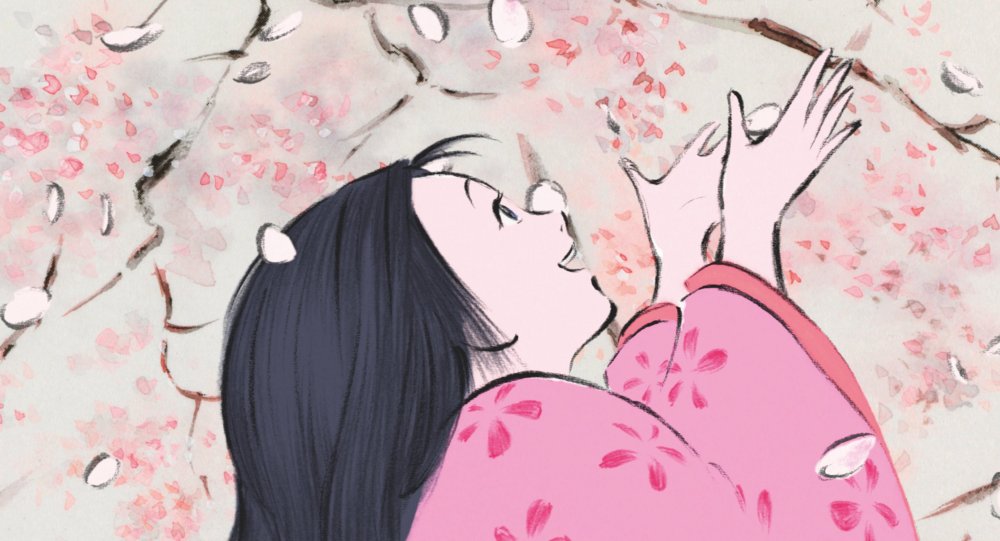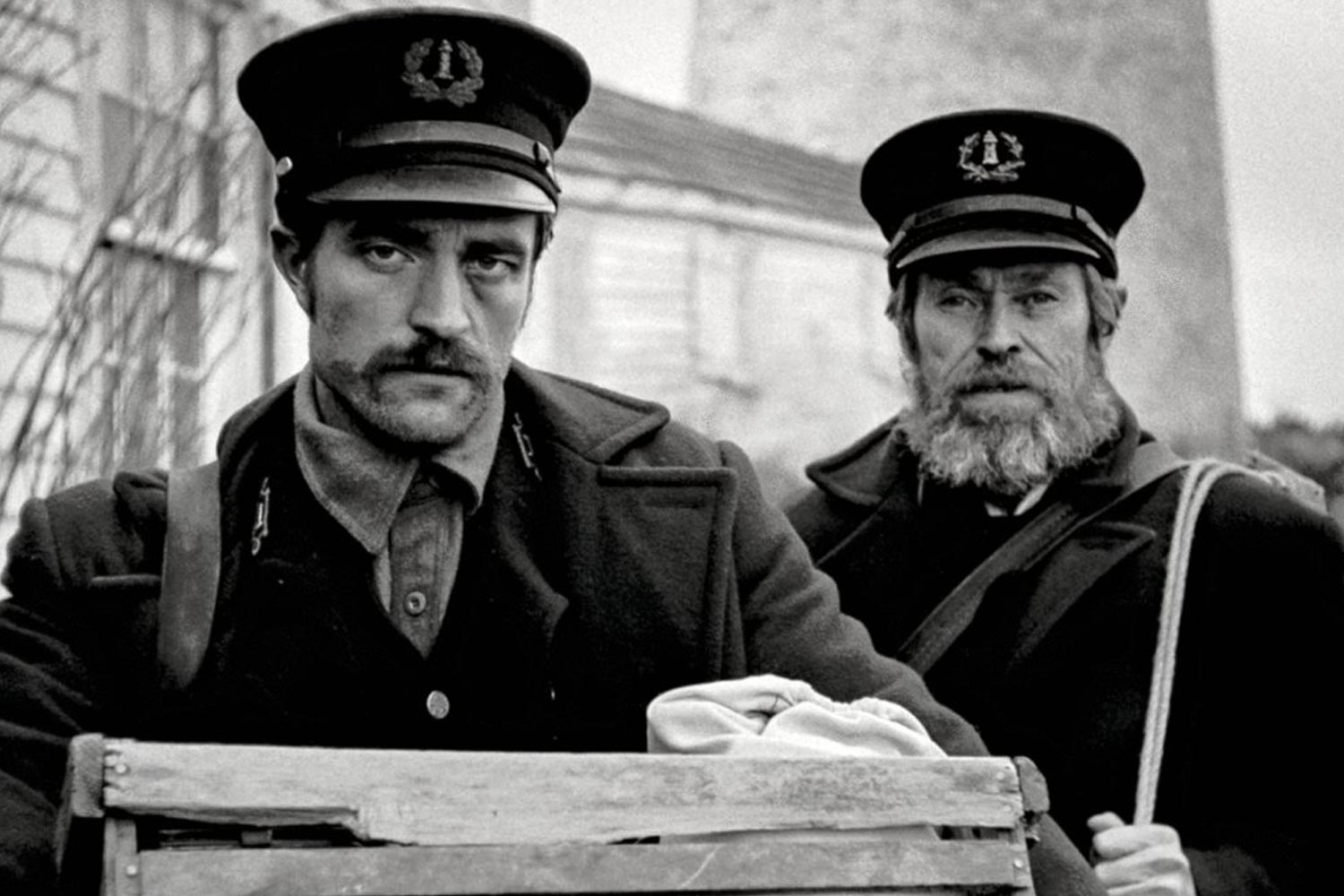
5 Great Movies Based On World Folklore
A tale as old as time? Since the dawn of humanity, there have been stories. Every country and culture in the world has long been built upon stories, legends, myths and tales. Some of them have shaped our understanding of our world, our race, culture and even our very existence. They also make the perfect basis for movies. Whether ghost stories, legendary warriors or people from the moon, let’s dive into some of our favourites.
The Tale of the Princess Kaguya

Studio Ghibli’s The Tale of the Princess Kaguya by Isao Takahata may hold the distinction of being the most beautiful animated film to ever grace our screens. As animation veers further and further into CGI and ultimately losing a lot of its classic, honest charm; Princess Kaguya is truly a breath of fresh air. Not only is it reminiscent of the hand-drawn tales of yesteryear, but also boasts a Ghibli uniqueness of its own being in the style of traditional Japanese paintings.
The Princess Kaguya, which is her given name, was discovered as a glowing miniature girl inside of a bamboo shoot, believed to be a divine presence and thus placed on a royal pedestal. It is learned that she has descended from the Moon and broke its laws in the hope of being exiled to our planet in order to experience mortal life.
It is based on the Japanese traditional story The Tale of the Bamboo Cutter which was written in the ninth of tenth century by an unknown author, and is considered one of the oldest surviving works of its kind. The first supposed reference to the tale came in the year 909 in the Yamato Monogatari- a collection of stories detailing life in the imperial court, one of which talks about a Moon-viewing party held at the palace.
The Tale of the Princess Kaguya is undoubtedly one of Studio Ghibli’s finest achievements, which is saying a lot considering that Ghibli have a whole library of “fine achievements” built over the course of almost four decades. But it does particularly stand out amongst the studio’s other works and earned itself an Academy Award nomination (nothing new for Ghibli though).
Beowulf

2007’s Boewulf is by legendary Back to the Future, Who Framed Roger Rabbit and The Polar Express director Robert Zemeckis. Considered an innovator of visual effects which can be seen in the aforementioned films as well as Beowulf, which like The Polar Express, features actors animated using motion capture. The cast seeing their animated counterparts here include Ray Winstone, Anthony Hopkins, John Malkovich and Angelina Jolie. The fact that it has faces you recognise but they also don’t look quite like real life also confused the crap out of 12-year-old me when we watched parts of this in school.
The motion-capture technique is one that is prevalent in the film industry but rarely is it utilised for entire features. Films like The Lord of the Rings, Star Wars and The Mummy have employed it for certain characters scenes, but the way in which Zemeckis used it for films like Beowulf, The Polar Express and Monster House is a rarity, with it being reserved mostly for video games.
Based on the epic old English poem written at some point between 975 and 1025 AD about a great Scandinavian Warrior and monster-slayer. The film does differ from the poem in a number of ways- with the aim of expanding upon its ideas and minimising the likely bias of the tale considering that it is believed to have possibly been written by Christian monks. It is considered one of the most important works of English literature and one of the most translated.
The Medium

The Medium is a collaboration between Thai director Banjong Pisanthanakun and South Korean director Na Hong-jin. Both Pisanthanakun and Hong-jin have received acclaim for their work in the horror genre in the past. The former is best known worldwide for his 2004 chiller Shutter which has been remade in multiple languages and in his homeland, his 2013 comedy-horror Pee Mak is Thailand's highest grossing-film of all time. Na Hong-jin is responsible for 2016's The Wailing, which is hailed by many as a masterpiece.
The story takes place in Thailand's rural region Isan which is rooted deep in folklore and where superstitions and belief in the otherworldly accompany you through everyday life. Wooden shacks and abandoned places have long been a favourite for horror filmmakers and the run-down areas of Loei where it was shot, that lacks some of the basic necessities that the better-off take for granted like plumbing and sufficient electricity, make this the perfect setting for a film of this nature.
The Medium incorporates many aspects of Thai culture and folklore but mostly centres on their beliefs of curses. The story tells of a local goddess possessing different members of a particular family, passed down through each generation as one of them inherits the role of shaman. The supernatural beliefs of Thailand are vast and rich and wildly underexplored by the West, and pairing it with the production of a South Korean picture is as they say, a match made in Heaven, or rather in the case, hell. It’s intense, terrifying, claustrophobic and as good as any of the two filmmakers' previous works. It is a perfect spiritual successor (no pun intended) to The Wailing and possibly the best Thai horror movie of all time, with it being selected as the Thai entry for the Best International Feature at the Oscars.
Kwaidan

Kwaidan is a collection of Japanese ghost stories based on the 1904 book Kwaidan: Stories and Studies of Strange Things by Greek-Irish writer Lafcadio Hearn, who spent much of his career in Japan and introduced its literature to the West. One of the stories featured in Kwaidan is that of the Yuki-onna, a well-known folktale that has existed in Japan since at least the Muromachi period of the 13-1700s. The tale has been told multiple times throughout history- with Lafcadio Hearn hearing it from a farmer in the Musashi Province of Japan, although he was unaware of the story beforehand, and so the version in his book is his original interpretation.
The other stories in the book were translated from old Japanese texts, stories told to him by his wife Koizumi Setsuko, and some were based on his own life experiences. The book also contains studies of insects and their connection to Japanese and Chinese beliefs.
The film, by Masaki Kobayashi, takes four of the stories and adapts them to the screen, Kwaidan is one of the most visually stunning films you’ll ever see. Taking the ominous atmosphere of your typical ghost movie but splashing it with the colour and vibrancy of works like Ran by Akira Kurosawa. It’s almost too beautiful to be scary, with skilful command of shadow and light creating smooth transitions which are impressive in their simplicity even by today’s standards.
The Lighthouse

Ah, the sea. The sea has always been full of mystery and wonder. Considering that water makes up the majority of our planet and we have only explored about 5% of it creates plenty of figurative and literal space for myth and folklore to emerge. I’ll move onto the actual film in question before I start rambling about all of the incredible things that have been found under the sea… The Lighthouse isn’t a film that is based on any one of those stories like other films appearing here- whilst mainly inspired by an unfinished story by gothic literature icon Edgar Allan Poe, it also draws from Lovecraft as well as the many tales surrounding its titular subject, sailors and the sea.
The film is by Robert Eggers who is fast-rising through the ranks of the horror and dark fantasy genres with his films The Witch, The Northman and his upcoming first film not to include the word “The”, Nosferatu. Eggers always aims to make his films as authentic to the time, setting and subject matter as possible, with much of the dialogue from The Witch coming directly from historical sources.
The Lighthouse is comparable to Kristoffer Nyholm’s 2018 film The Vanishing, which also features lighthouse keepers slowly spiralling into insanity, but that is actually based on a real-life occurrence and thus remains fairly grounded. The Lighthouse brings to light (no pun intended) those mysteries that we hear about as kids, and those times when we’re sitting around the campfire with a torch in our faces trying to scare our friends. Robert Pattinson and Willem Dafoe are the only two actors present (other than the mermaid) and has defied labels, being referred to as a horror film, psychological thriller, or character study, among others. It’s an experience, that’s for sure.
Fancy more reading?
If you're a Disney fan, check this out:
Or read about our best movies and music of the year so far:






Leave a comment